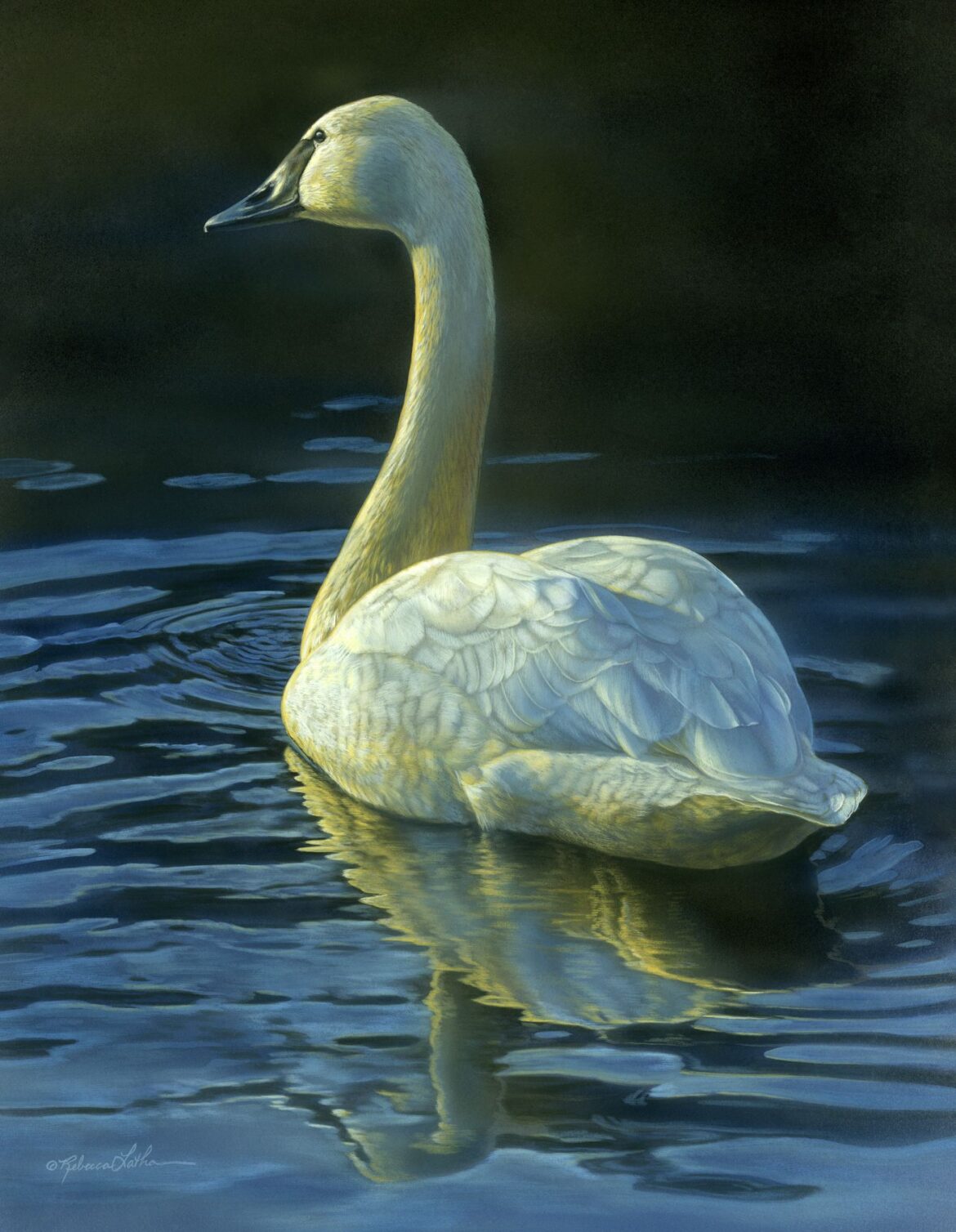Art has long been a form of expression, a reflection of beauty, a celebration of life. But painting wildlife is more than artistic representation—it is a voice, a statement, a call to protect what is slipping away.
The natural world is in constant transformation. Some changes are subtle—the shifting of seasons, the quiet migration of creatures following their ancient routes. Others are devastating—the disappearance of habitats, the steady decline of species whose presence once shaped the land. To paint wildlife is to bear witness, to acknowledge that these creatures and their environments are not guaranteed, that they must be seen and understood before they are lost.
A painting can preserve a moment that might never exist again. The cautious stance of a wolf in fading light, the delicate repose of a songbird in a thinning forest, the quiet dignity of a bear whose world has begun to shrink. These images are not merely reflections of nature’s grandeur; they are reminders—reminders of what is at stake, of what we have the power to protect.
Art fosters connection. It softens the divide between observer and subject, allowing people to look into the eyes of a wild animal and feel something deeper—recognition, respect, responsibility. This is the root of advocacy. A person moved by a painting is a person more likely to care, to act, to preserve.
For those who paint the natural world, the brush becomes more than a tool—it becomes a voice, a quiet yet enduring statement that these creatures matter, that their survival is intertwined with our own. Each brushstroke, each detail, is an act of recognition, a pledge to ensure that future generations will still have the chance to see these beings in the wild.
Painting wildlife is not just about admiration. It is about responsibility. And in that responsibility, art becomes more than creation—it becomes advocacy.
